Digestive System XC-315
₹6,950.00 Inclusive all Taxes
- The life -size digestive system model demonstrates the entire digestive system in graphic relief.
- It features: nose, mouth cavity and pharynx, esophagus, Gl tract, liver with gall bladder, pancreas and spleen.
- The duodenum, caecum and recturn of the digestive system are opened.
- Dissectible into 3 parts.
- Mounted on baseboard.
- Made of PVC plastic, natural size with base support.
- Weight: 8.0kg
Only 2 left in stock
Digestive System This life-size digestive system model demonstrates the entire digestive system in graphic relief. It features: nose, mouth cavity and pharynx, esophagus, GI tract, liver with gall bladder, pancreas and spleen. The duodenum, caecum and rectum of the digestive system are opened. Dissectible into 3 parts. Mounted on baseboard.
The Digestive System XC-315 is an advanced and innovative biological interface system designed for the efficient simulation and analysis of human digestive processes. Engineered with cutting-edge bio-synthetic technology, this model provides unparalleled insight into digestion, absorption, and metabolic activities. It is widely utilized in scientific research, medical training, pharmaceutical development, and nutritional studies.
Core Design
The XC-315 replicates the human gastrointestinal (GI) tract with a high degree of anatomical and functional accuracy. It features a synthetic esophagus, stomach, small intestine, large intestine, and accessory organs, including a liver, pancreas, and gallbladder. Each component is constructed using bio-compatible materials that emulate the texture, elasticity, and chemical responsiveness of real tissues. Advanced sensor arrays and integrated AI algorithms allow the system to mimic real-time responses to food intake, enzymatic activity, and hormonal signals.
Functional Capabilities
- Food Breakdown and Enzyme Analysis
The system can simulate the mechanical and chemical breakdown of various food types, including carbohydrates, proteins, and fats. With its integrated enzymatic simulation modules, researchers can study the effects of digestive enzymes like amylase, lipase, and protease under controlled conditions. - Absorption and Transport
XC-315 includes a highly detailed intestinal lining with villi and microvilli structures to replicate nutrient absorption. Real-time tracking enables observation of nutrient transport across synthetic membranes, making it invaluable for studying bioavailability and nutrient-drug interactions. - Microbiome Integration
The system features a customizable microbiome chamber that replicates gut flora diversity. Researchers can study microbiota’s impact on digestion, immunity, and metabolism, providing insights into conditions such as dysbiosis, irritable bowel syndrome (IBS), and inflammatory bowel diseases (IBD). - Dynamic Feedback Mechanisms
Hormonal and neural feedback loops are emulated, allowing simulation of conditions like hunger, satiety, and motility disorders. The XC-315 can model diseases such as GERD (gastroesophageal reflux disease), ulcers, and Crohn’s disease, providing a platform for developing and testing therapeutic interventions. - Pharmaceutical Testing
The system allows for the simulation of drug dissolution, absorption, and first-pass metabolism in the liver. This capability enables pharmaceutical companies to test the efficacy and side effects of medications in a controlled, non-clinical setting.
Applications
- Educational Use: Provides medical students with a hands-on learning tool to study digestive anatomy and physiology.
- Research and Development: Facilitates the study of new treatments for gastrointestinal disorders and metabolic diseases.
- Nutritional Science: Assists in designing and testing dietary supplements and functional foods.
- Safety Testing: Evaluates the safety and efficiency of various compounds before clinical trials.
Benefits
The XC-315 reduces reliance on animal testing and clinical trials, offering a cost-effective, ethical, and precise alternative. Its modular design enables easy upgrades and customizations to meet specific research needs. Moreover, its ability to deliver consistent and reproducible results enhances reliability in experimental studies.
In summary, the Digestive System XC-315 represents a revolutionary tool for advancing our understanding of the human digestive system. Its comprehensive and versatile design positions it as an essential asset in scientific and medical innovation.
| Weight | 9 kg |
|---|---|
| Dimensions | 91 × 33 × 27 cm |
| Age | |
| Assembly Required | No |
| Batteries Included | No |
| Batteries Required | No |
| Color | MultiColor |
| Country of Origin | Made In India |
| Gender | Unisex |
| HSN Code | 9503 |
| Remote Controlled Included | No |
Only logged in customers who have purchased this product may leave a review.
Related products
Primary Science
Age 8Y+Butterfly Edufields DIY Mini Rain Water Harvesting System Project Kit – Multicolour
Scientific Models
Scientific Models
Scientific Models
Primary Science



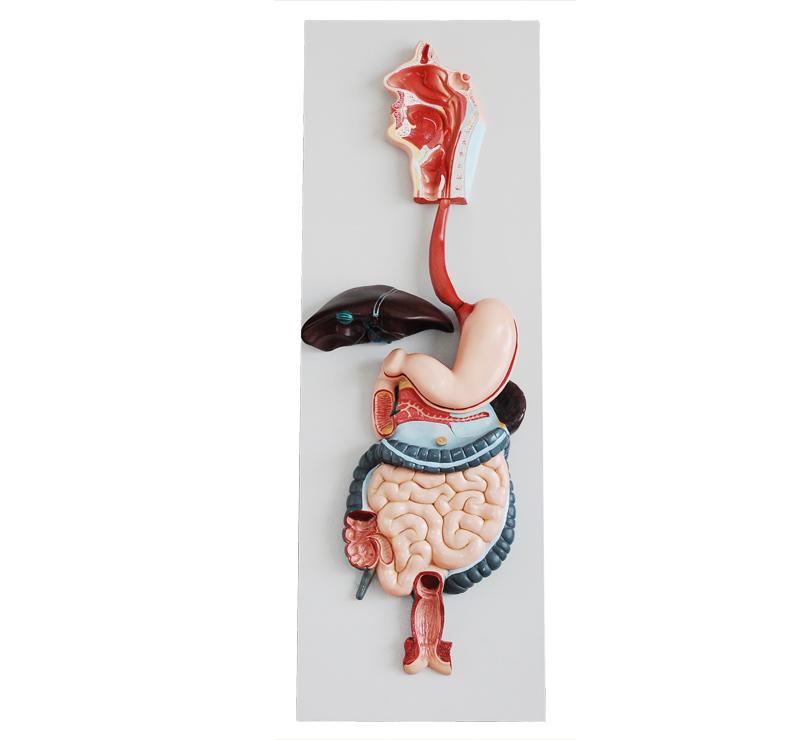

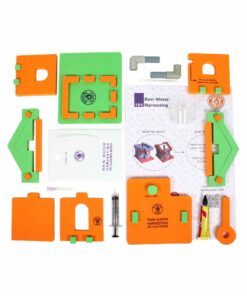






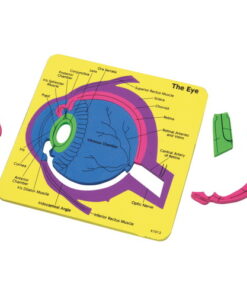
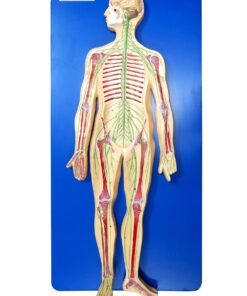
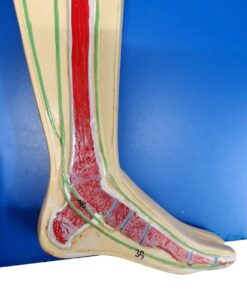

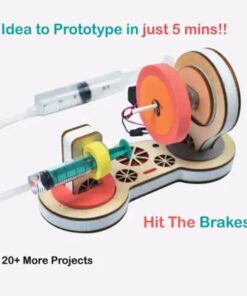

Reviews
There are no reviews yet.